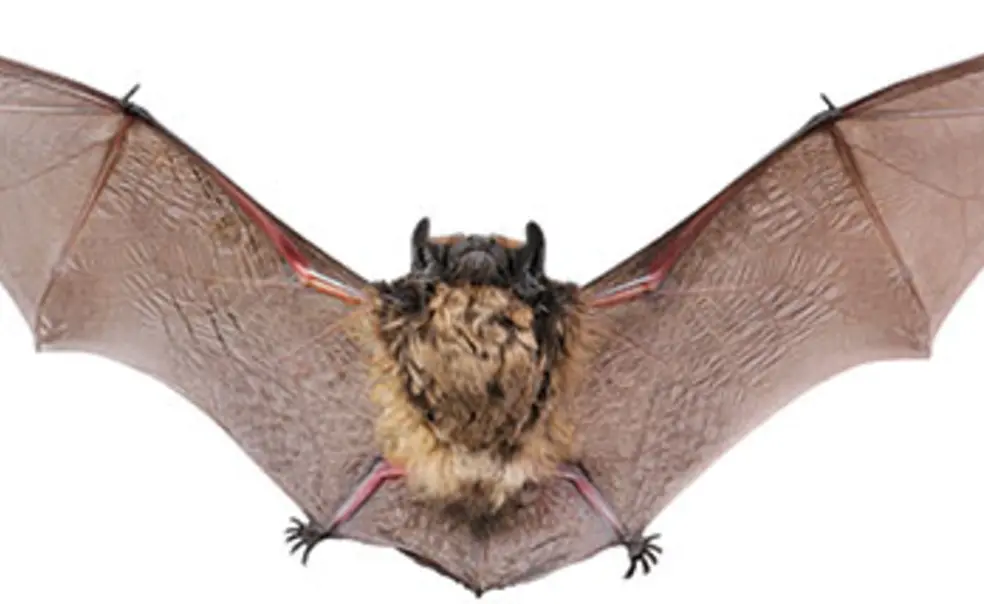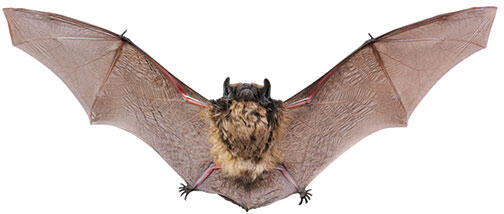From the Editor: ‘If I’m Wrong, You’re Dead’
One night in August 2008, I was awakened in the night by a swoosh of air against my cheek. I sat up suddenly and turned on the light. Nothing. “You’re dreaming!” my husband mumbled.
The next evening, as I sat in the bedroom watching Hillary Clinton address the Democratic convention, something brown and several inches long flew in front of me. Then it flew back. The swoosh had been no dream. For the next half hour, my husband and I chased a bat around the house with beach towels until we closed it off in the mudroom, opened the exterior door, and watched it fly away.
That was dumb.
With no bat, there was no way to determine whether I’d been exposed to rabies and required injections with the post-exposure vaccine, which prevents rabies before symptoms develop. The doctor thought the chance of infection was slim. Then he added: “If I’m wrong, you’re dead.” I got the shots.
It turns out that rabies can be survivable in some cases, though it remains the most lethal of infectious diseases. One of the most important figures in the story of how rabies is — or can be — treated is Rodney Willoughby Jr. ’77. He is the doctor who, in 2004, treated a Wisconsin teenager infected with rabies. She became the first person with a documented case of the disease to survive.
About 60,000 people die each year from rabies; only a few of them are in the United States. Victims often are unaware of the life-saving injections or the immediate need for them, or lack access to them. In some parts of the world, rabies remains a problem among dogs, the most common carriers of the disease to humans.
Willoughby’s protocol still is controversial, and he and his critics disagree sharply on how people with rabies should be treated. There’s little disagreement that other advances — eradicating canine rabies and improving access to early post-exposure treatment — would be far more significant. PAW writer Katherine Hobson ’94 writes about Willoughby, his work, and the debate surrounding the disease, beginning on page 22.













No responses yet